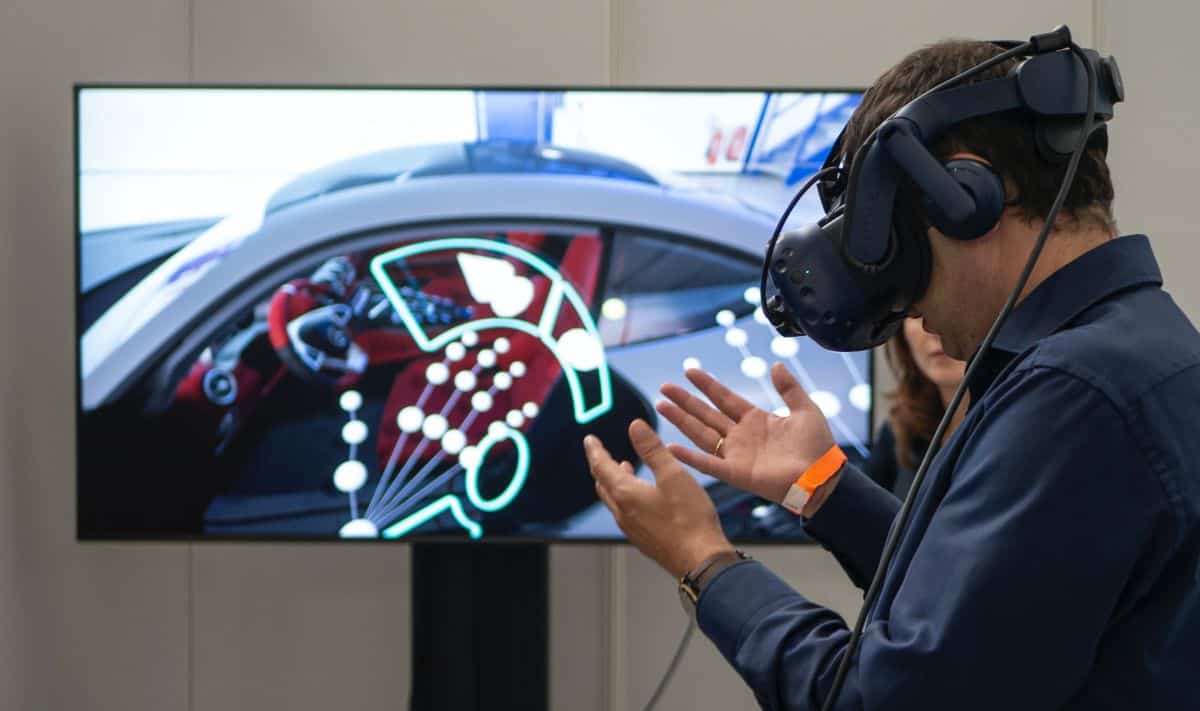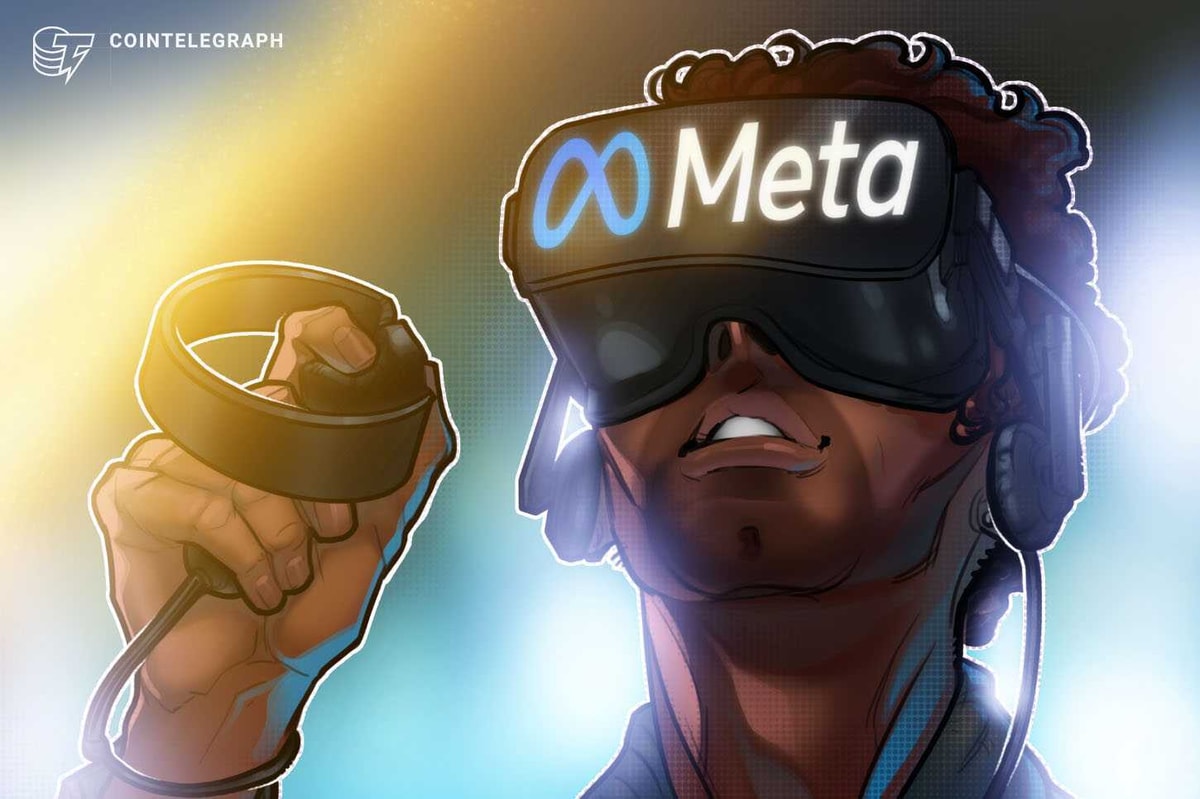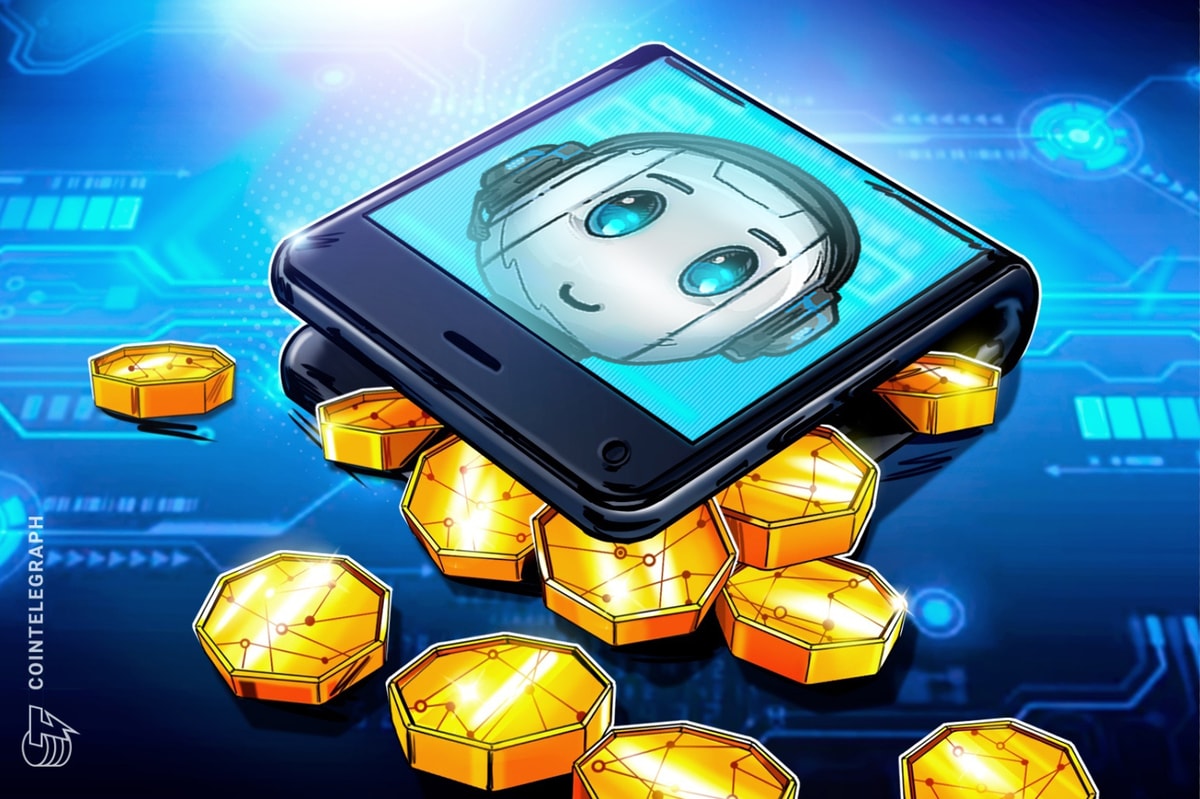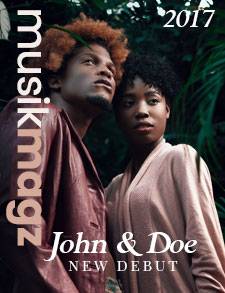
Prisms VR has secured $12.5 million in a Series A funding round led by Andreessen Horowitz (a16z) to improve math literacy using headsets for visualization. Launched in 2021, it is the first ed-tech platform in the US to use VR to enhance math proficiency in schools by offering problem-based, tactile, and visual learning.
Prisms is transforming math education by answering the often unanswered question of “why” behind math through VR. Already adopted by over 100 school districts across 26 states, Prisms provides purpose-driven math education to more than 80,000 students in rural and urban areas. This innovative approach helps students to understand abstract concepts through real-world experiences, making learning more engaging and effective.
“Though education is VR’s most powerful use case, we haven’t seen disruptive VR learning tools transforming formal classroom settings, until now. Math education is going to be the killer app for VR,”
said Anurupa Ganguly, CEO and founder of Prisms.
With a background as a math and physics teacher in Boston, Anurupa aims to make math more accessible. She criticizes the US education system for not allowing students to tap into multiple modalities of learning, thereby limiting their ability to comprehend the world around them.
Jeff Jordan, a general partner at Andreessen Horowitz, commented that Prisms “paves the way for the future of education.”
With the funds raised from this latest round, Prisms plans to speed up its product and team growth. It will also increase the reach of its programs to more schools in the US and develop its product offerings in higher education and other subjects. In the previous funding round in June, Prisms raised $4.25 million.
The Prisms VR math content module is up for a 7seven-day free trial on the Meta Quest store. The annual subscription costs $24.
According to the app, Prisms students can improve their math skills through:
- Experiencing and solving an important real-world problem.
- Using hands-on models to visualize and interact with structures.
- Connecting 3D experiences to abstract representations like graphs, tables (2D), and equations/vocabulary (1D).
VR has been used in education as a tool for immersive learning experiences. It allows students to visualize and interact with educational content in ways not possible with traditional teaching methods. such tech solutions are also very well used in medicine. For instance, trainee surgeons can practice procedures in a safe and controlled virtual environment where the stakes are low, improving their skills and reducing the risk of errors in real surgeries.
Read More: mpost.io









 Bitcoin
Bitcoin  Ethereum
Ethereum  Tether
Tether  XRP
XRP  Solana
Solana  USDC
USDC  Dogecoin
Dogecoin  TRON
TRON  Cardano
Cardano  Lido Staked Ether
Lido Staked Ether  Wrapped Bitcoin
Wrapped Bitcoin  Sui
Sui  Hyperliquid
Hyperliquid  Wrapped stETH
Wrapped stETH  Chainlink
Chainlink  Avalanche
Avalanche  Stellar
Stellar  Bitcoin Cash
Bitcoin Cash  LEO Token
LEO Token  Toncoin
Toncoin  Shiba Inu
Shiba Inu  Hedera
Hedera  USDS
USDS  Litecoin
Litecoin  WETH
WETH  Wrapped eETH
Wrapped eETH  Monero
Monero  Polkadot
Polkadot  Binance Bridged USDT (BNB Smart Chain)
Binance Bridged USDT (BNB Smart Chain)  Bitget Token
Bitget Token  Ethena USDe
Ethena USDe  Pepe
Pepe  Pi Network
Pi Network  Coinbase Wrapped BTC
Coinbase Wrapped BTC  WhiteBIT Coin
WhiteBIT Coin  Dai
Dai  Uniswap
Uniswap  Aave
Aave  Bittensor
Bittensor  Ethena Staked USDe
Ethena Staked USDe  Cronos
Cronos  OKB
OKB  Aptos
Aptos  NEAR Protocol
NEAR Protocol  Jito Staked SOL
Jito Staked SOL  BlackRock USD Institutional Digital Liquidity Fund
BlackRock USD Institutional Digital Liquidity Fund  Ondo
Ondo  Internet Computer
Internet Computer  Ethereum Classic
Ethereum Classic